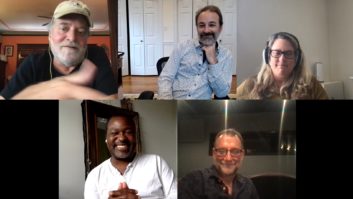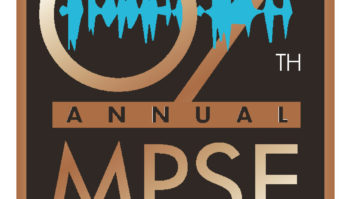Bruce Swedien has engineered for Count Basie and Michael Jackson, Herbie Hancock and J Lo. When he speaks to students, he often will ask how they learn critical listening, what a good mix should sound like. Inevitably, a student will raise a hand, and say, “I listen over and over to the records I like.” After a dramatic pause, Bruce will reply, “That’s the worst thing you could do,” followed by another dramatic pause and a shocked look on the student’s face. “The best thing you can do is go listen to music,” Bruce adds. “Go listen to an orchestra in a good acoustic space. Go listen to a band in a club that you know. Learn how the instrument is supposed to sound. Then listen for how it balances with the rest of the pieces.” His point? Rather than focusing on the work of others, engineers must, first and foremost, understand music.
This is the intangible quality that defines an engineer’s signature “sound.” One mixer may be noted for raw, edgy guitars; another for gorgeous vocals. But it’s not as easily definable as that. We’ve said it many times in these pages: The best engineers understand music. And they know, in turn, what that music needs from them. A Madonna remix requires a different approach from, say, Diana Krall. And good engineers know that in deciding what to bring to a track, the decision not to add something is also a choice.
Advances in technology make engineering easier, but that’s not the issue here — very personal mixes can be made with one mic and a 4-track. At our recent Mix Nashville event, in a panel called “Making the Mix Personal,” engineer Bil VornDick likened the console to his “instrument,” explaining that he doesn’t think much about how he gets his sounds, but rather reacted to instincts, grabbing EQs and faders as he feels the mix evolve. George Massenburg added that he saw working the board as the mix engineer’s equivalent of a guitar player grabbing his favorite Strat or Tele to nail the right tone.
There are forces at work against the producer/engineer, from pressure to “make what sells” in a world of generic-sounding music, to shrunken budgets and compressed schedules leaving little room to push the creative envelope. Still, an engineer will always face limitations, and good engineers make the mix work, no matter what.
Of course, working with inventive artists helps. In our feature “Mixing Outside the Lines” (page 38), we uncover some truly imaginative techniques from engineer/producers who build sonic landscapes for the likes of Björk, Interpol and Mates of State.
But there’s room for originality in pop, too, as we learn from our “Recording Note” on Phantom Planet, who prove that there’s life beyond The OC. Sometimes, the real inventiveness lies in the overarching approach; for the Miles Davis tribute Miles From India (page 94), producer Bob Belden captured Indian and American musicians many months and thousands of miles apart, and wove their tracks together into a seamless work that perfectly melds two worlds.
The common thread binding these projects (and any great recording) is recognizing that the music is king. So check out some local bands. Go to the opera. Pick up your guitar. Get back in touch with the music. And always remember, if you don’t understand the music, then you’re just mixing sounds.







